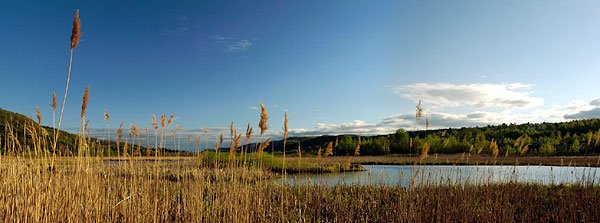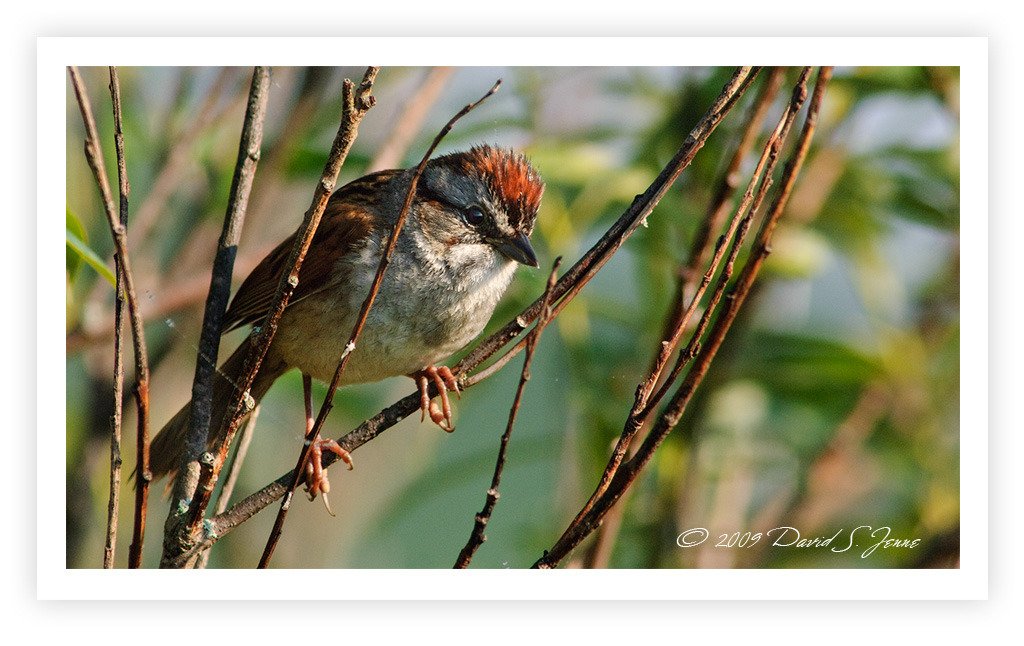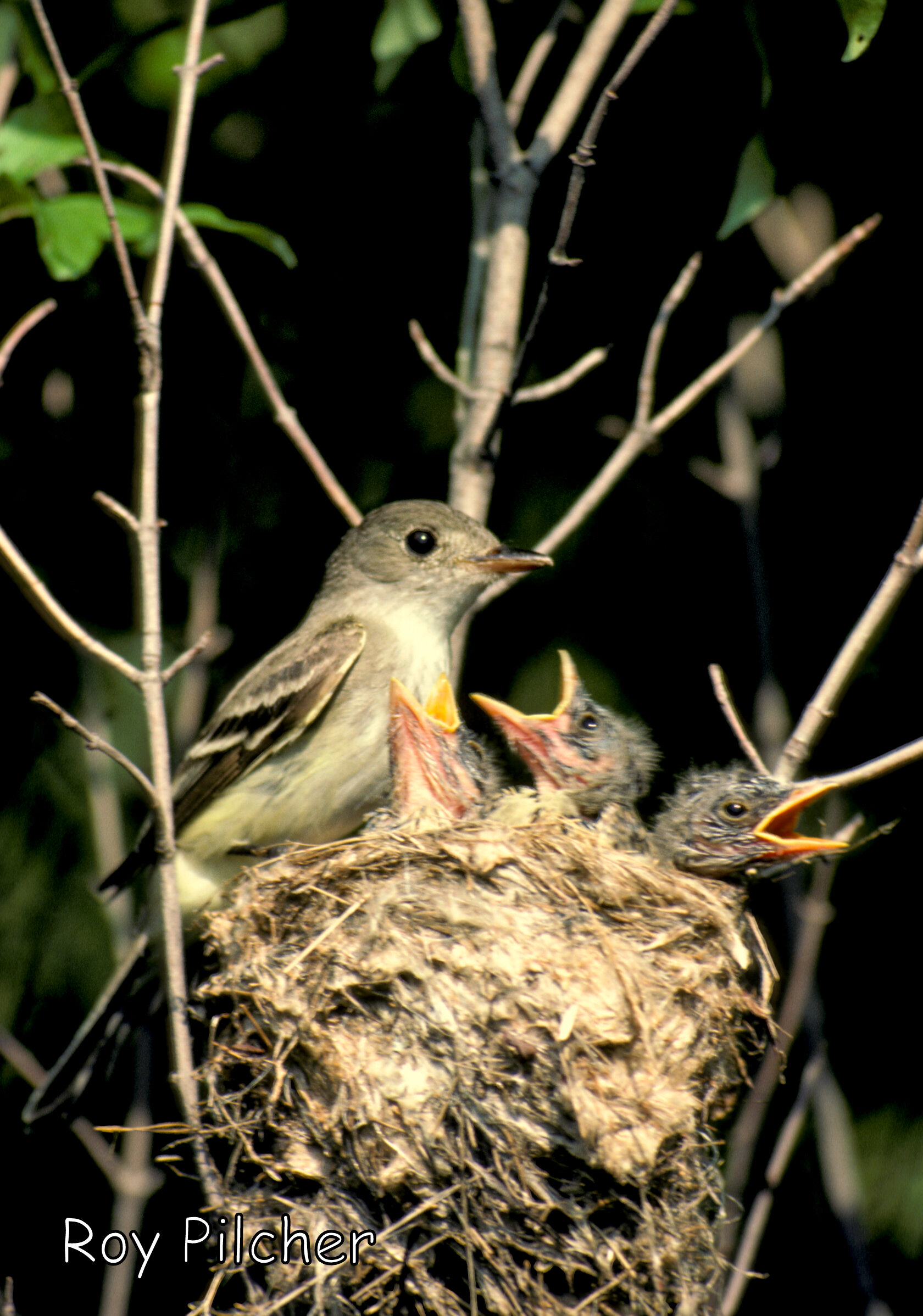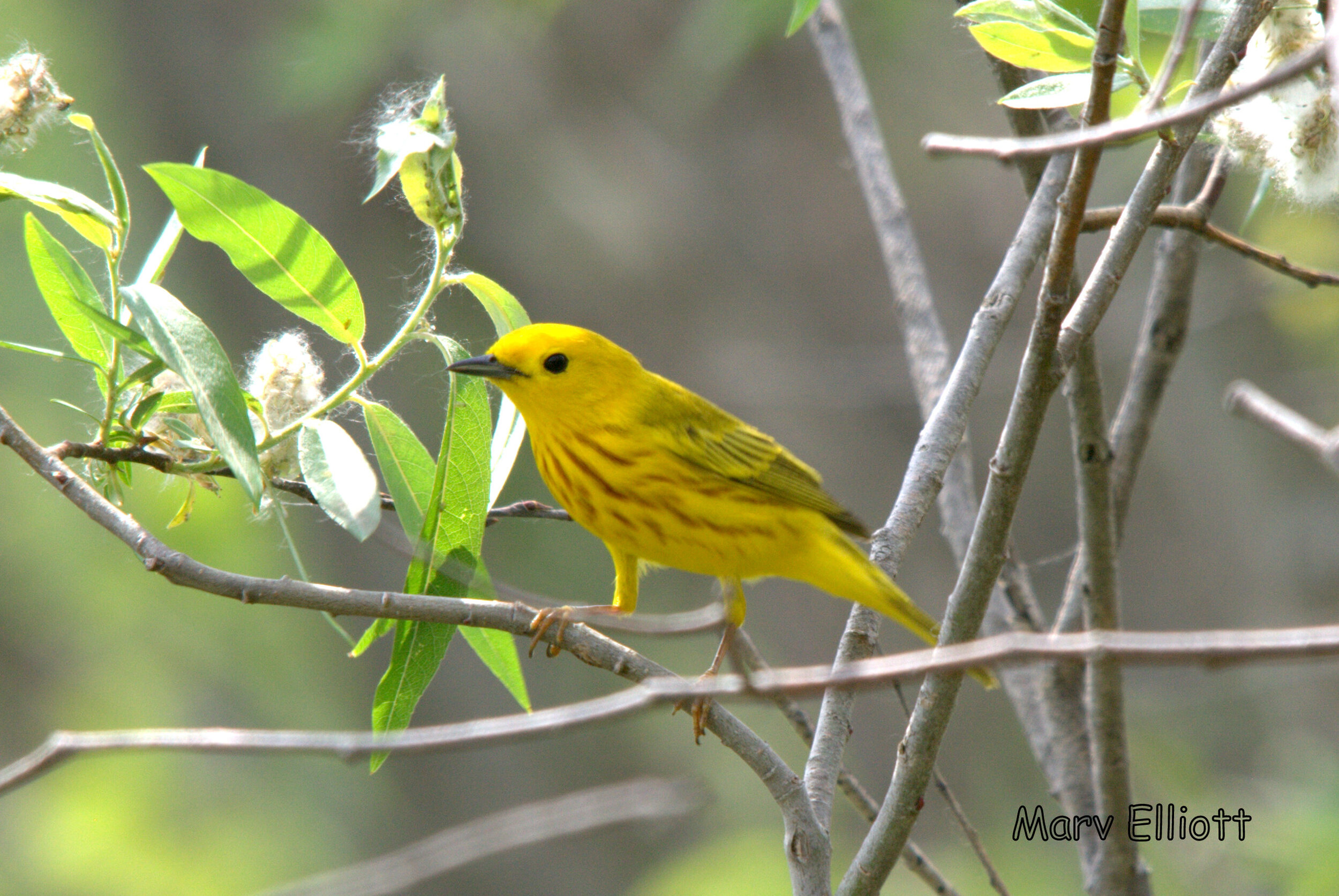An Important Bird Area
The West Rutland Marsh is a designated Important Bird Area having met the necessary Vermont ornithological criteria as an essential habitat for one or more species of birds. With the sustainability of the marsh in mind, Audubon in partnership with the Town of West Rutland and State and Federal agencies, have already established certain conservation and easement plans for the watershed while continuing to advocate for their expansion.
muskrat
The West Rutland Marsh is more than a boardwalk, it is more than the birds that find sanctuary in the marsh, it is more than the marsh itself, it is an interdependent community of plants, animals and soils, and the waters that sustain them and we the people with our awesome potential to affect change.
Special birds of West Rutland Marsh include Virginia Rail and Sora as well as American Bittern and Marsh Wren. If you listen carefully, you may hear Least Bittern and, if you are really lucky, you'll catch a quick glimpse of one. This is one of the few places in Vermont the Least Bittern can be found reliably in season.
Even more rare is the Sedge Wren, with only a handful of records. In May of 2009, a Scissor-tailed Flycatcher, way off course, put in an appearance. Just two days prior, one was observed in Arlington, Vermont.
west rutland marsh and whipple hollow trail
Directions: Take Route 4A west in West Rutland (Exit 6 on Route 4). At West Rutland Town Hall, bear right on Marble Street. Pass the Carving Studio on the right and then Water Street on your left. The information kiosk and boardwalk, and a small parking area are on the left just past Water Street.
Whipple Hollow Trail
The Whipple Hollow Trail meanders on two boardwalks through a Northern White Cedar swamp, a wetland dominated by cedars which grow in clumps on wet, acidic soil with high levels of organic matter. You will also find Balsam Fir, Eastern White Pine, Eastern Hemlock and Black Ash on dry hummocks. Mosses dominate the ground cover, most on fallen logs. There are wetland flowers, such as Water Avens and Swamp Saxifrage. Cedar swamps are uncommon in Vermont. It is rarer still to be able to walk through one.
Between the two boardwalks you will find yourself transported back in time to a primeval-like place, Hemlock Island, where you can feel the breeze, smell the towering evergreens and clearly hear birds as Winter Wren, Ruffed Grouse and Red-breasted Nuthatch.
sedge wren
The second boardwalk ends at the edge of a partially wet meadow, filled with swaying grasses, sedges, young aspens, lovely wildflowers and shrubs. You may see Eastern Bluebirds and Tree Swallows at nesting boxes in early summer and Cedar Waxwings and American Goldfinches in late summer. Sedge Wren, a bird of the central U.S, has also been sighted here. You can follow the trail south to an overlook and bench and then up to the road or re-trace your steps to the parking area
The trail was constructed by the Vermont Youth Conservation Corps with help from volunteers and Merrell Boots and was paid for through a grant obtained by Rutland County Audubon and the Town of West Rutland. The trail was the inspiration of two Rutland County Audubon board members, Nate Dansereau and Ralph Nimtz. Ralph, an architect, designed it and Jenn Krebs of the VYCC laid it out. The property is owned by the town of West Rutland and protected by a conservation easement.
We hope you will enjoy this quiet, unique spot in the West Rutland Marsh.
Directions: Take Route 4A west in West Rutland (Exit 6 on Route 4). At West Rutland Town Hall, bear left, continuing on Route 4A. Just before the underpass turn right on Whipple Hollow Road. Continue until you see a small gravel parking area with an information kiosk on the right (a tan house will be across the road on the left).
SOURCES:
Map of the marsh.
Checklist (PDF) of birds in West Rutland Marsh.
Bridge-to-Bridge Booklet (PDF) (self-guided tour)














